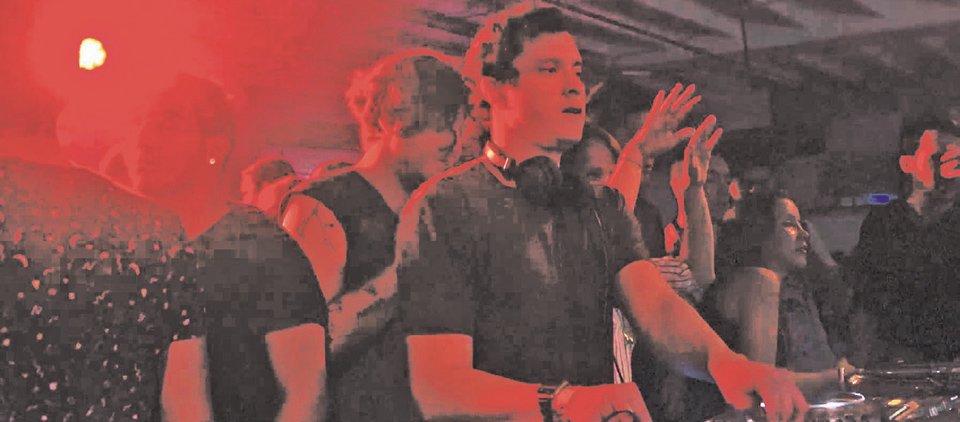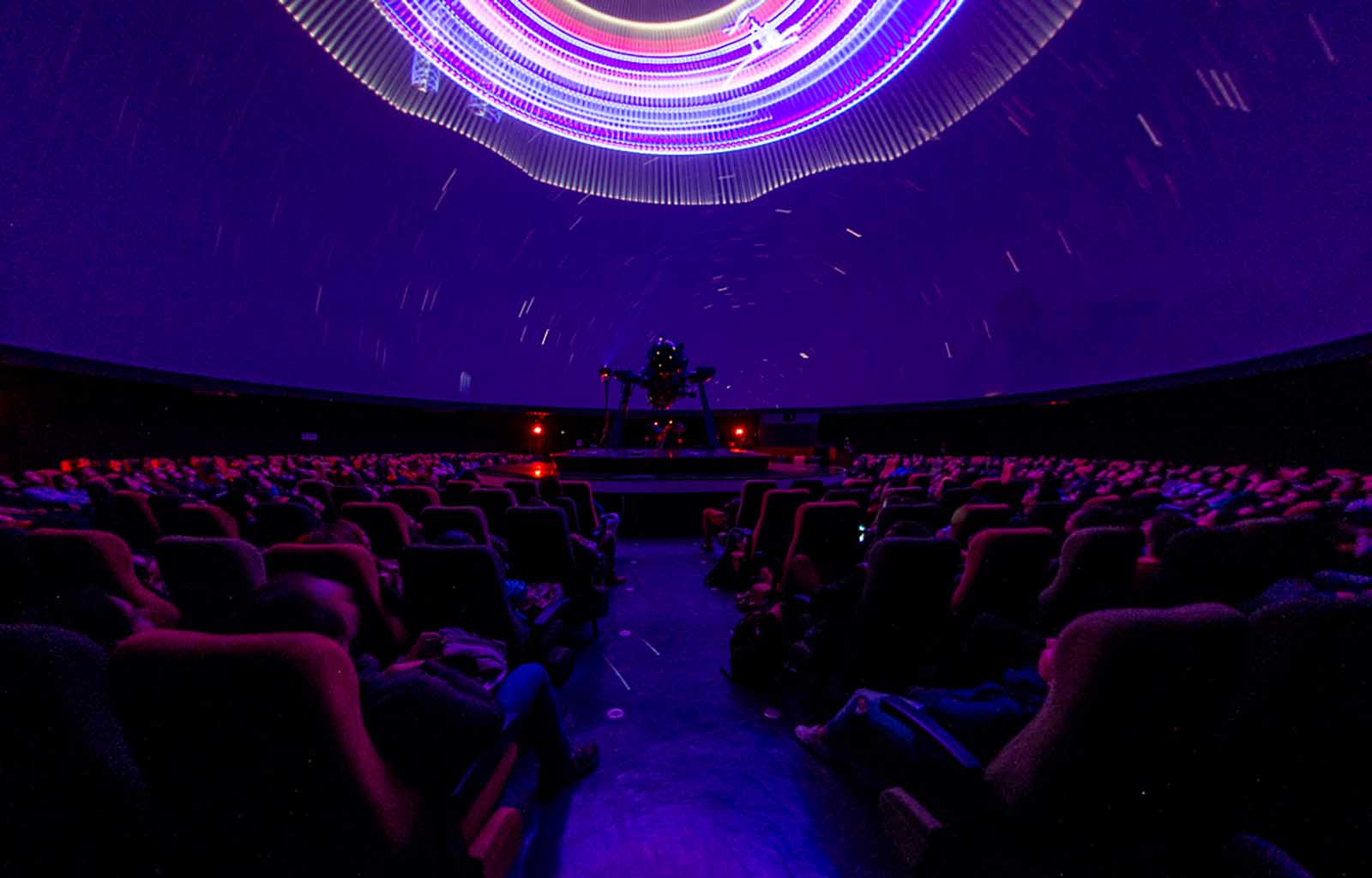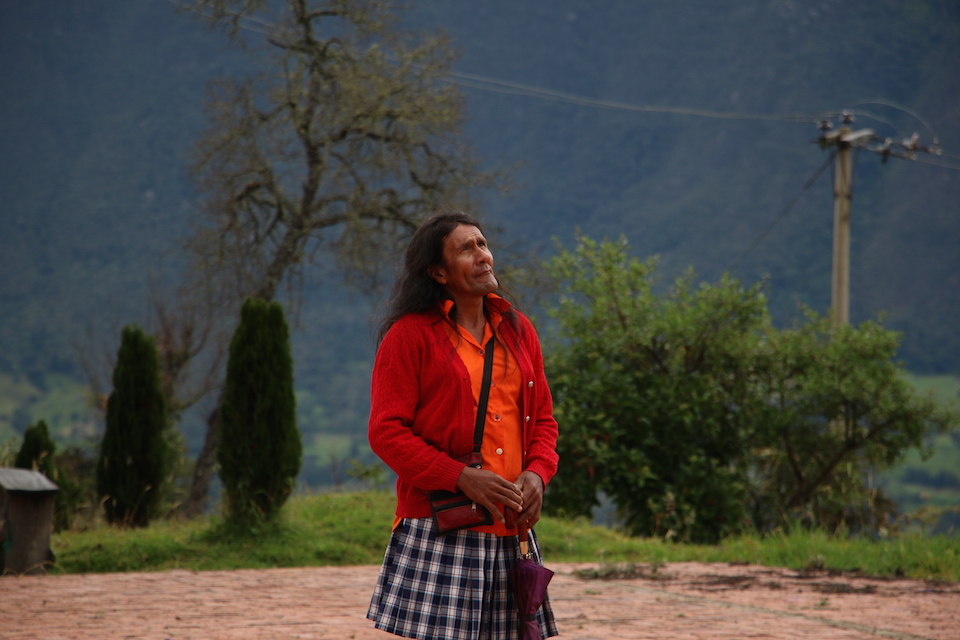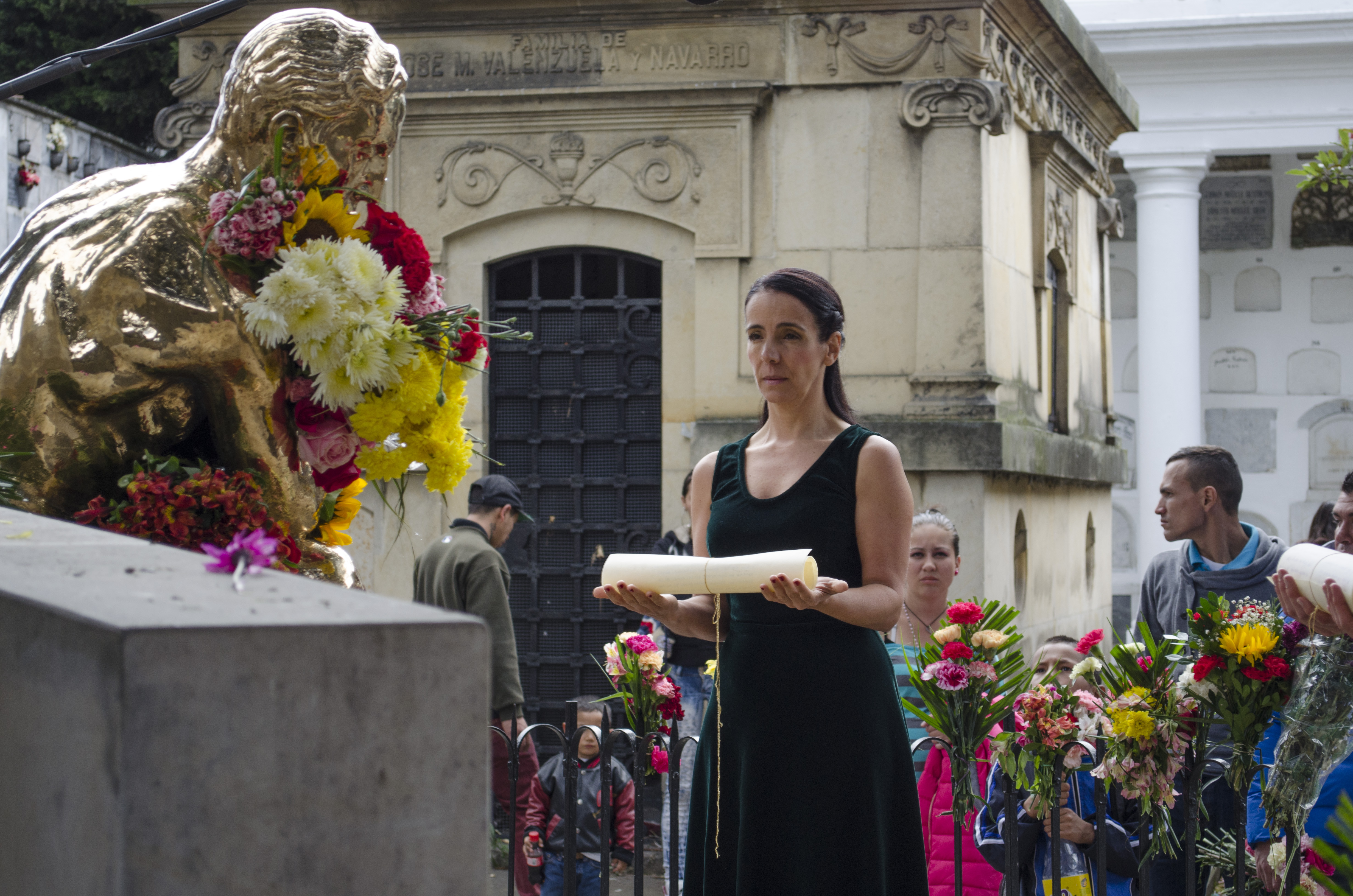Professor Carlos Guillermo Páramo celebrates 100 years since the publication of this classic at FILBo 2024.
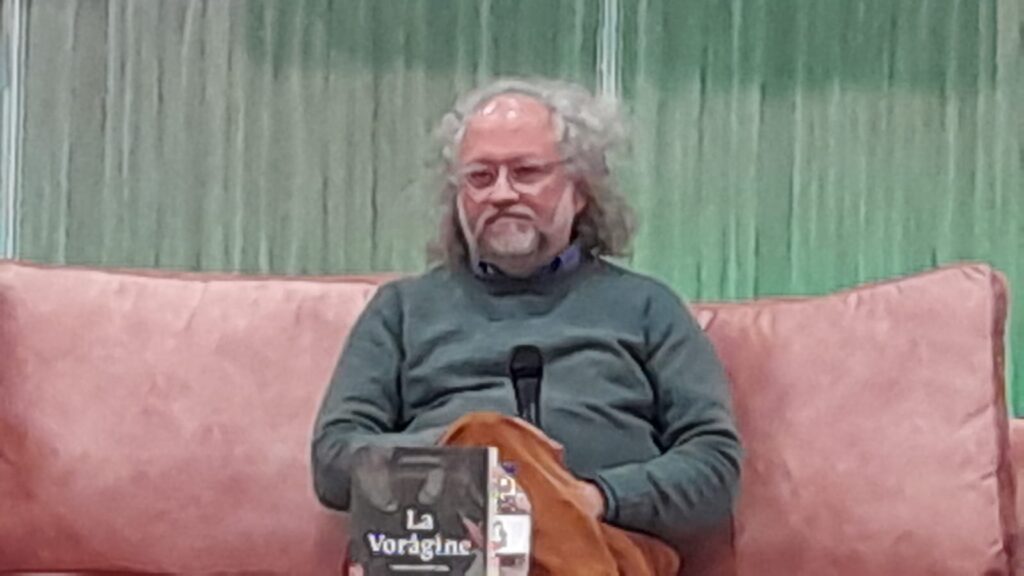
La Vorágine is hated by many a Colombian, not because of its lack of merit, but because it was forced on people through the school curriculum. That’s not a fair end for this cornerstone of Colombian literature, which is still relevant today.
It is 100 years since this classic was first published, and FILBo is taking the opportunity to celebrate it. We were fascinated by a talk given by Prof. Carlos Guillermo Páramo, the Dean of the Department of Anthropology at Universidad Nacional de Colombia.
Páramo, who has read the novel 23 times, talked to the audience in Gran Salón E of Corferias with devotion about a book he discovered when he was a teenager who was bored with school, but passionate about reading, especially adventure books. He explained that the book can be read through different lenses. For example, the lens of extractive economies, nature, the world as a frontier, and the jungle.
La Vorágine portrays man’s failure to conquer the jungle
In Páramo’s view, La Vorágine clearly portrays the defeat of the West against the natural world, the jungle. This defeat is exemplified by the novel’s last sentence about how the jungle swallows white men. Páramo says these men are always on a quest to conquer and dominate, by extracting natural resources. The book also highlights what many indigenous societies have dubbed the “sons of the wind.” It defines white men as beings who are essentially swept by the wind, who cannot put down roots because they are always on the quest to get ahead, to move forward, they want to conquer and dominate everything.
Páramo says this is one of the paradoxes of Rivera’s novel: “While the West has an enormous obsession with the wild world, with the inhabitants of the jungle, an obsession which from the get-go judges everybody else as inferior, the West is always seeking to make that inferior land produce and to take advantage of its resources towards progress. But at the same time, is scared of these so-called inferior beings because it most often sees them as cannibals.” He concludes: “La Vorágine is full of mentions of cannibalism, but at the same time, it reminds us of what happens with the West on the other side of the border.”
La Vorágine shows the diversity of a nation such as Colombia, a country with a great variety of geographical, social, zoological, botanical, and climatic resources. It is that same spirit that makes La Vorágine an absolute superlative novel, because it is a celebration of diversity, though covered by the veil of pessimism.
Prof. Guillermo also points out this is a novel that portrays how the West has been unable to communicate with that diversity – it only connects in terms of wealth. We think of natural resources as ways to produce wealth and capital. This logic is still encouraged by utilitarianism. It is precisely the clash between capitalism and the jungle, with the frontier, with the natural world that Rivera wanted to represent. Prof. Páramo calls it the tragedy of the West. Rivera’s response was to give an account of that drama, that of a world chockfull of the most diverse species, thermal floors, an enormous social diversity, but above all, the impulse to take advantage of all that diversity, to get rich through a precious resource – at the time – such as rubber, snubbing over the local indigenous communities.
Prof. Páramo has definitely encouraged his audience to read José Eustacio Rivera´s The Vortex (La Vorágine), and go beyond the adventures of Arturo Cova and his lover Alicia as they elope from Bogotá. We travel with them through the eastern plains and later, as they emerge from criminal misgivings, through the Amazon rainforest of Colombia. The book conveys the rich biodiversity and lifestyle of its inhabitants, as well as the appalling conditions that workers in the rubber factories experienced during the rubber boom.
In Páramo’s words: “This is not anymore a work set in a specific period of Colombian history. It is very much a universal novel, even with some scenes on the kingdom of magical realism.” Regarding its imposition in schools, he says: “I’ve mentioned – probably unfairly – the fact that many associate the reading of La Vorágine in schools as an imposition, which has certainly left a bitter flavor for many. However, the best time to start reading La Vorágine is at school; this because it is the time in a human’s life when most things cause wonder. This is a young novel, and this is probably something that is not always perceived as such. La Vorágine certainly portrays the dilemmas faced by someone who is trying to find their place in the world, of someone like his protagonist, Arturo Cova, who is probably no older than 30, but whose mental age is probably younger; an intelligent person nonetheless, but a person with several dilemmas to solve.”

